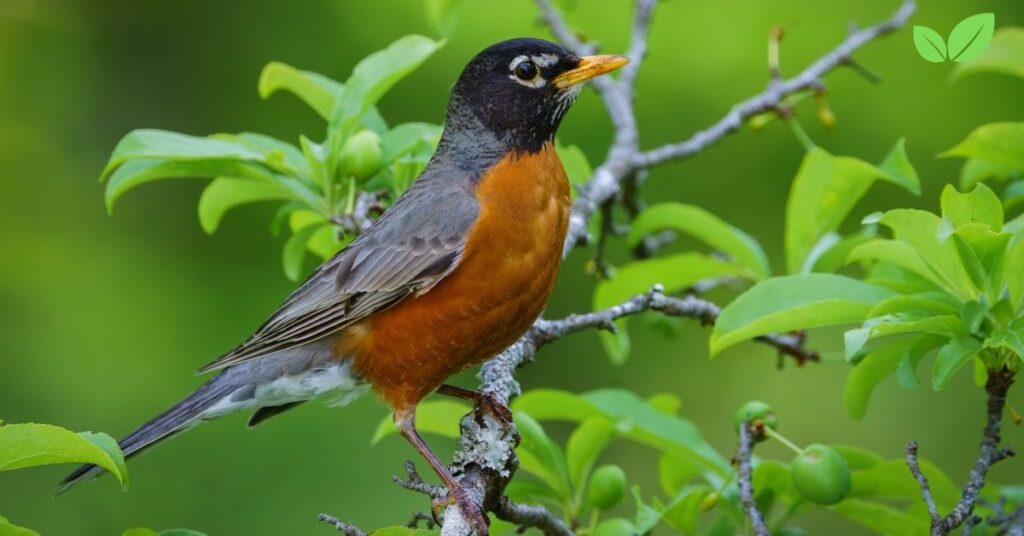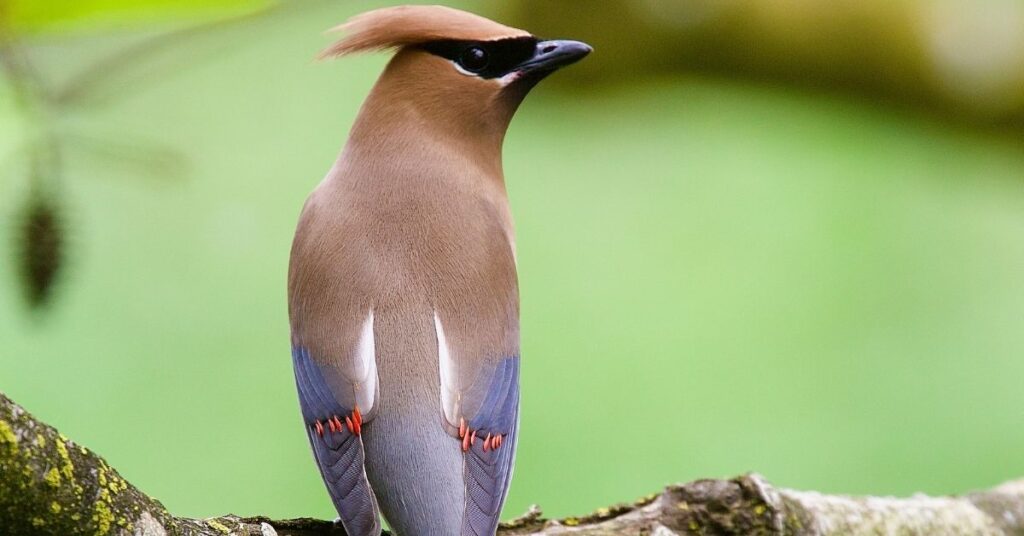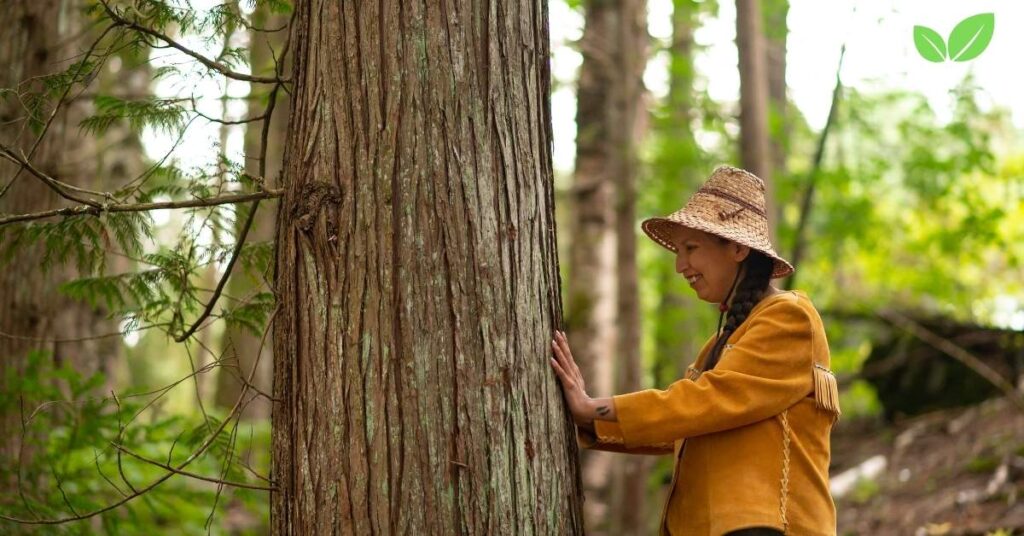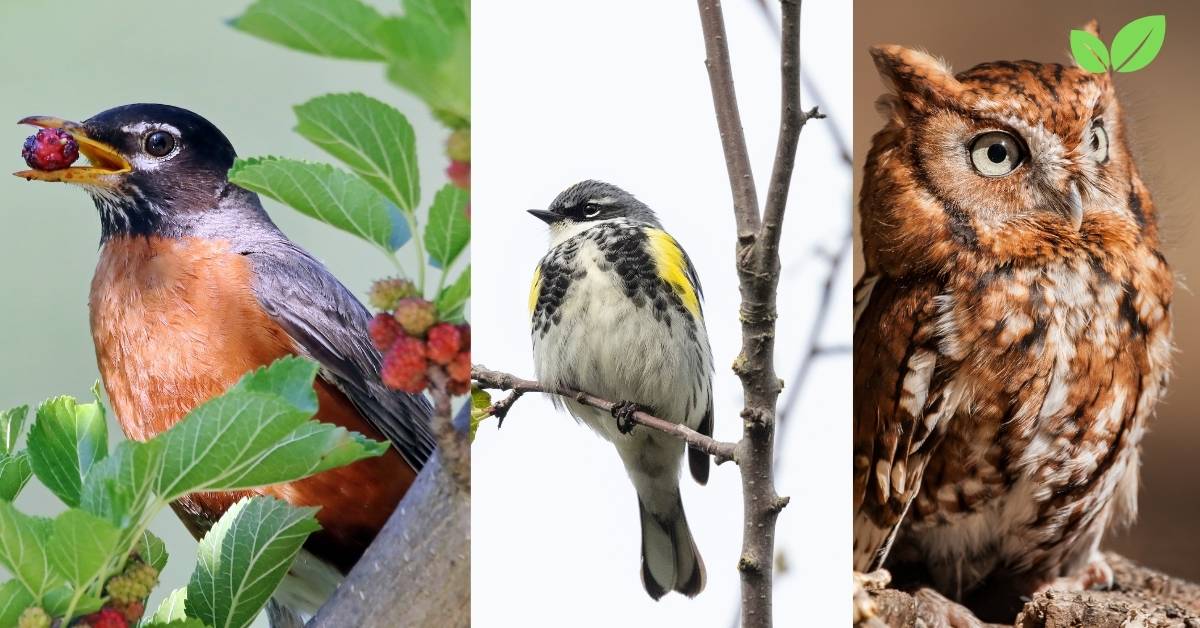Introduction
Cedar trees play a crucial role in many ecosystems, providing shelter, food, and nesting sites for a diverse range of birds. The dense foliage, abundant berries, and unique structure of these trees make them ideal habitats for several bird species. This article delves into the importance of cedar trees for bird populations, focusing on birds found in cedar trees, their behaviors, and their interactions with these trees.
The Ecological Importance of Cedar Trees

The Role of Cedar Trees in Ecosystems
Cedar trees provide essential habitat elements for many bird species. These trees, including Eastern Red Cedar (Juniperus virginiana) and Western Red Cedar (Thuja plicata), are evergreen and offer year-round cover and food. The thick, protective foliage of cedar trees provides birds with shelter from predators and harsh weather conditions. Birds found in cedar trees often take advantage of the tree’s berries and cones, which serve as an important food source, especially during the winter months when other resources are scarce.
Cedar trees also help maintain soil stability and contribute to carbon sequestration, which supports the overall health of the ecosystems where they grow. Birds found in cedar trees play a role in maintaining the health of these trees by dispersing seeds, controlling insect populations, and contributing to the biodiversity of the surrounding area.
Birds Found in Cedar Trees

Several bird species are known to make cedar trees their home or rely heavily on them for food and shelter. This section will explore some of the most common birds found in cedar trees and their unique interactions with these evergreen habitats.
Cedar Waxwing (Bombycilla cedrorum)
The Cedar Waxwing is one of the most recognizable birds found in cedar trees. This bird is named after its strong association with cedar trees, particularly the Eastern Red Cedar, whose berries form a crucial part of its diet during the colder months. Cedar Waxwings are sleek, social birds with soft, grayish-brown plumage, black masks, and bright yellow tail tips.
Feeding and Behavior
Cedar Waxwings are primarily frugivores, meaning they eat fruit, and they rely heavily on the berries produced by cedar trees. During the fall and winter months, when other food sources are limited, Cedar Waxwings can often be seen in large flocks feeding on the blueish berries of cedar trees. Their ability to digest these waxy fruits allows them to thrive during the cold season, a time when other food sources may be scarce.
Cedar Waxwings are also known for their social behaviors, frequently feeding and flying in large, coordinated flocks. Their presence in cedar trees is particularly noticeable during the winter, making them one of the most iconic birds found in cedar trees during this time.
Northern Cardinal (Cardinalis cardinalis)
The vibrant red feathers of the Northern Cardinal make this species one of the more visually striking birds found in cedar trees. These birds are widespread across North America and often choose cedar trees for nesting and feeding.
Nesting and Foraging
Northern Cardinals are known to build their nests in the dense branches of cedar trees, where the thick foliage provides excellent cover from predators. The structure of cedar trees allows cardinals to safely rear their young while remaining hidden from potential threats. In terms of diet, Northern Cardinals feed on a mix of seeds, fruits, and insects. Cedar trees provide both the seeds from their cones and protection as the birds forage for insects.
Northern Cardinals are year-round residents in many regions, and cedar trees offer crucial shelter and food, especially during the winter months. As such, these birds are frequently spotted as one of the key species of birds found in cedar trees.
American Robin (Turdus migratorius)
The American Robin is another common bird species that often utilizes cedar trees for both food and shelter. Robins are known for their bright orange bellies and melodic songs, which can be heard in a variety of environments, including suburban areas, parks, and natural cedar groves.
Food and Nesting Behavior
American Robins have a diverse diet that includes earthworms, insects, and berries. Cedar trees are particularly important to robins during the fall and winter months, when the berries produced by these trees provide a reliable food source. Robins are omnivores, and the availability of cedar berries allows them to maintain their energy when insects and worms are harder to find.
Robins are also known to build their nests in cedar trees, utilizing the dense, lower branches of the trees for protection. The thick evergreen canopy offers cover from predators and harsh weather, making cedar trees an ideal nesting site for robins. During the breeding season, the robin’s nest, typically made from mud and grass, can often be found tucked away within the sheltering branches of cedar trees.
Yellow-Rumped Warbler (Setophaga coronata)
The Yellow-Rumped Warbler is another species of birds found in cedar trees, particularly during migration and winter. These small, colorful warblers are distinctive for the bright yellow patches on their rumps, crowns, and sides.
Seasonal Habitat and Diet
Yellow-Rumped Warblers are highly adaptable and are often seen foraging in cedar trees during their migration periods. Cedar trees provide these birds with essential food in the form of insects during the warmer months and berries during the winter. Like Cedar Waxwings, Yellow-Rumped Warblers are capable of digesting the waxy coating on the berries of cedar trees, allowing them to survive in colder climates where other birds might struggle.
As migratory birds, Yellow-Rumped Warblers depend on cedar trees as a stopover habitat, using them for shelter and sustenance during their long journeys. These warblers are among the most important migratory birds found in cedar trees, benefiting from the food and protection these trees offer.
Eastern Screech-Owl (Megascops asio)
The Eastern Screech-Owl is one of the most secretive birds found in cedar trees. This small, nocturnal owl often uses cedar trees as roosting and nesting sites. Screech-owls are known for their ability to camouflage against the bark of cedar trees, blending seamlessly into their surroundings.
Roosting and Hunting
Eastern Screech-Owls typically roost in the dense branches or cavities of cedar trees during the day, making use of the tree’s thick foliage for cover. At night, they emerge to hunt small mammals, insects, and other prey, often perching on the sturdy branches of cedar trees to scan their environment.
Cedar trees are an essential part of the owl’s habitat, providing both shelter and vantage points for hunting. The tree’s structure offers these birds a safe place to roost, and the protection provided by the evergreen leaves helps them avoid predators.
The Role of Birds in Cedar Tree Ecosystems
Birds found in cedar trees are not only reliant on these trees for food and shelter but also play vital roles in maintaining the health of cedar tree ecosystems. Their behaviors contribute to seed dispersal, pest control, and the overall biodiversity of these environments.

Seed Dispersal
Many birds found in cedar trees, such as Cedar Waxwings and robins, feed on the berries and cones of cedar trees. As these birds consume the fruit, they help disperse the seeds over a wide area. This natural process of seed dispersal ensures that new cedar trees can grow and thrive in different locations, contributing to the regeneration and expansion of cedar tree populations.
Pest Control
Birds found in cedar trees, like warblers and robins, often feed on insects that can harm cedar trees. By keeping insect populations in check, these birds help protect the trees from infestations and diseases. This natural form of pest control contributes to the overall health and resilience of cedar tree ecosystems.
Conservation Challenges for Birds Found in Cedar Trees

Habitat Loss and Fragmentation
The biggest threat to birds found in cedar trees is habitat loss. As urban development, agriculture, and logging continue to reduce the availability of natural cedar forests, many bird species are losing their primary habitats. The fragmentation of these habitats further isolates bird populations, reducing their access to food, nesting sites, and mates.
Climate Change
Climate change also poses a significant challenge to both cedar trees and the birds that rely on them. Changes in temperature and precipitation patterns can affect the growth of cedar trees, reducing the availability of food and shelter for birds found in cedar trees. Additionally, climate change can shift the ranges of both cedar trees and bird species, leading to mismatches between the birds and their preferred habitats.
Conclusion
Cedar trees provide essential habitats for a wide variety of bird species, from frugivores like Cedar Waxwings to predators like Eastern Screech-Owls. Birds found in cedar trees rely on these evergreens for food, shelter, and nesting sites, and in turn, they contribute to the health and regeneration of cedar tree ecosystems. However, habitat loss and climate change threaten both the trees and the birds that depend on them, making conservation efforts crucial for the preservation of these ecosystems.
By understanding the important relationships between cedar trees and the birds that inhabit them, we can take steps to protect these environments and ensure that future generations continue to enjoy the beauty and biodiversity they offer.
Read More: Coral Tree Safe for Parrots: Evaluating the Safety and Risks

